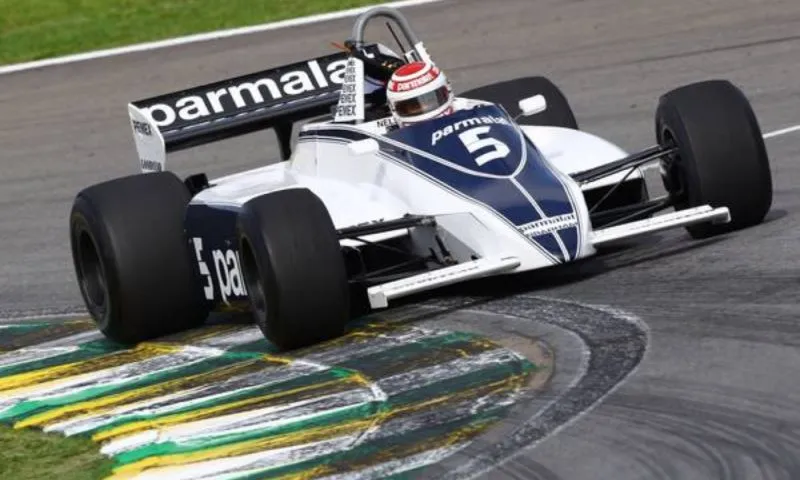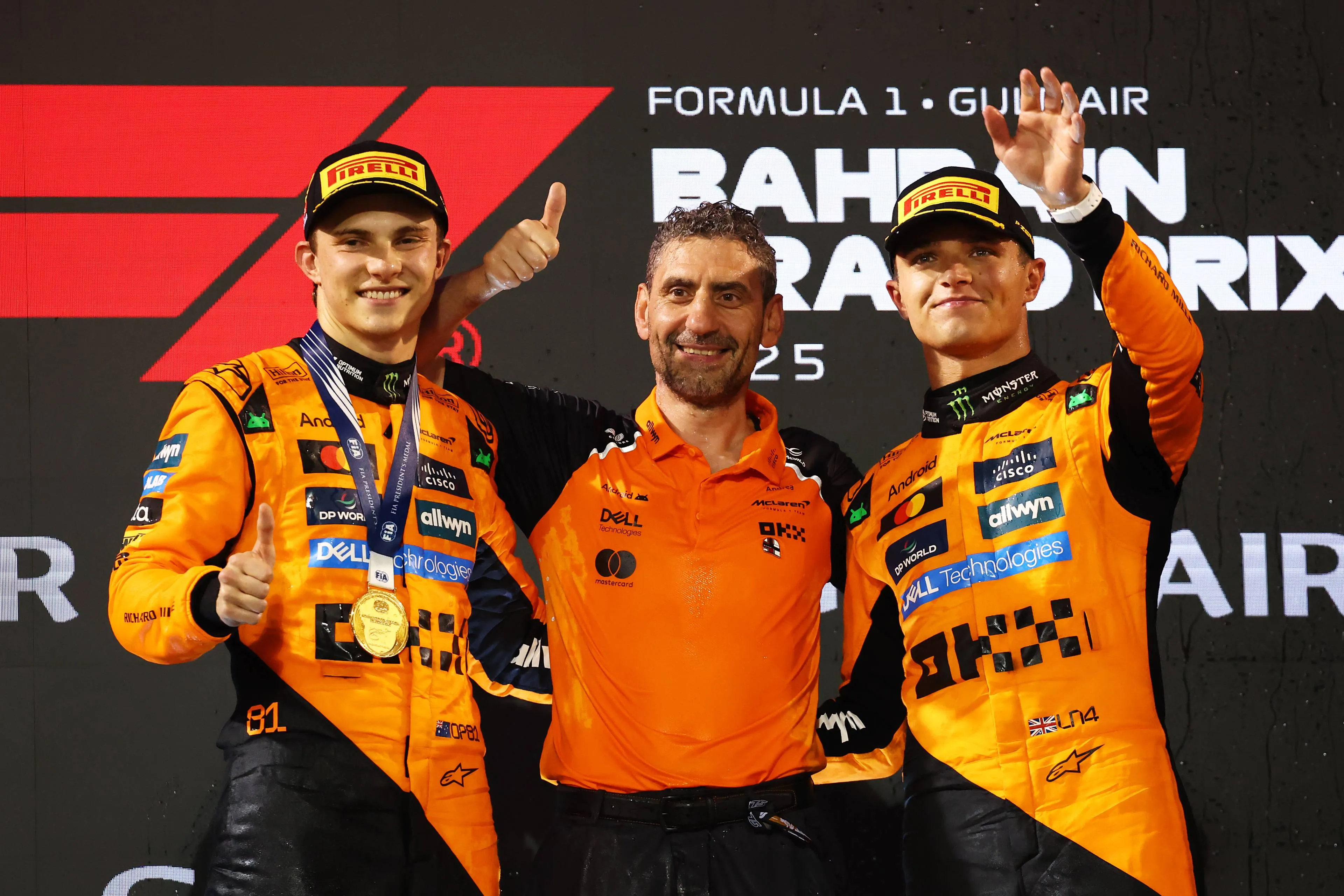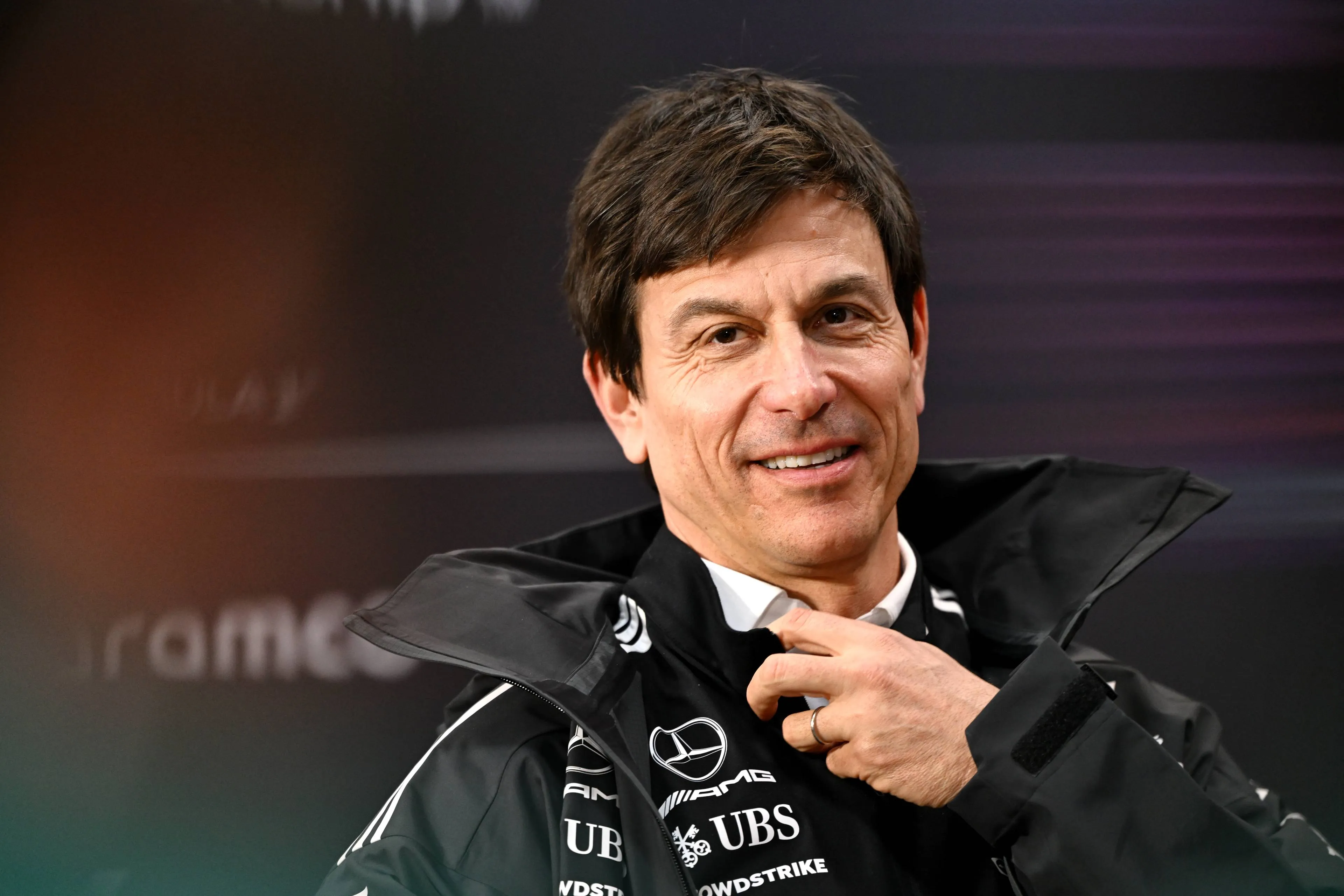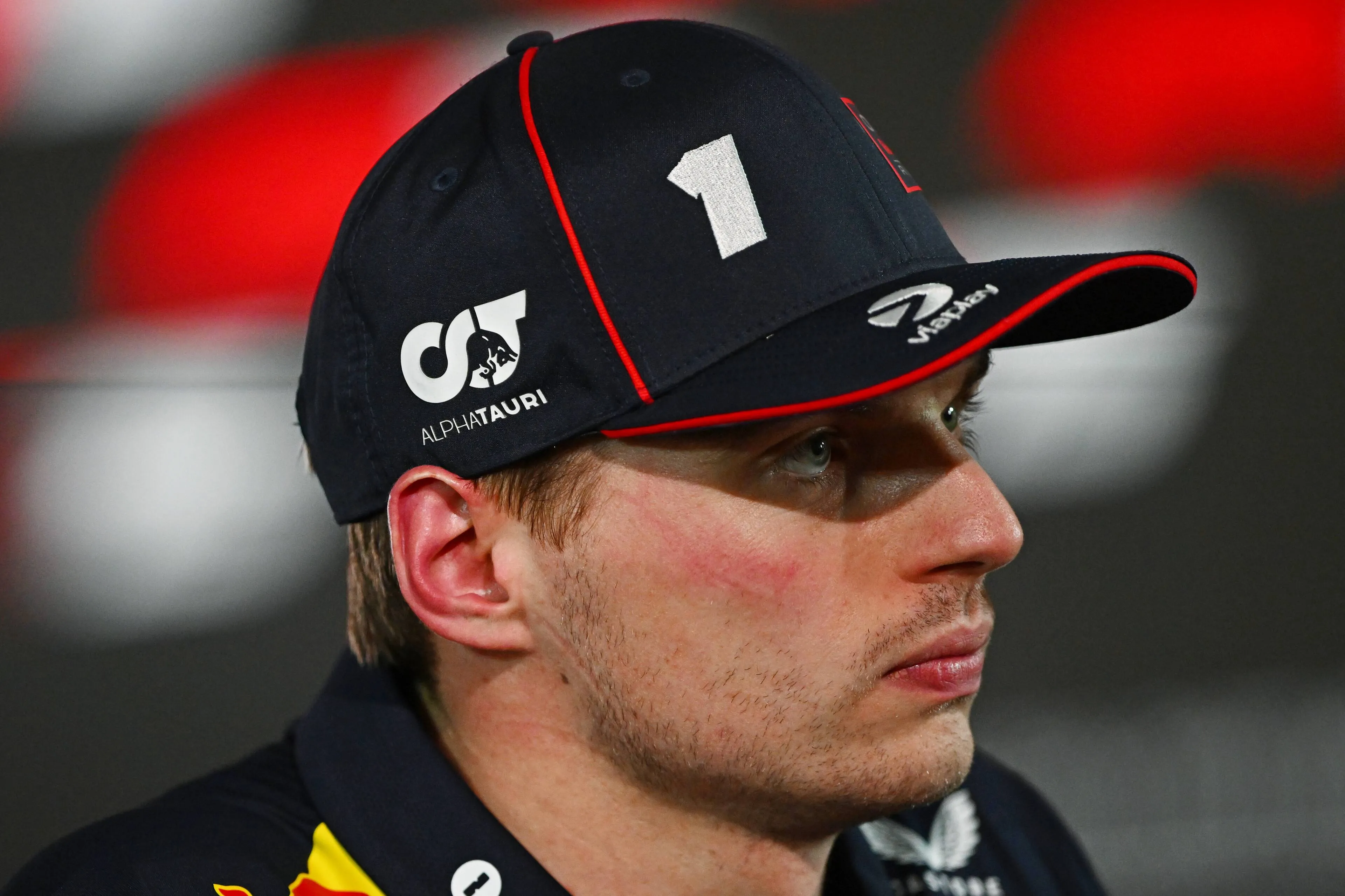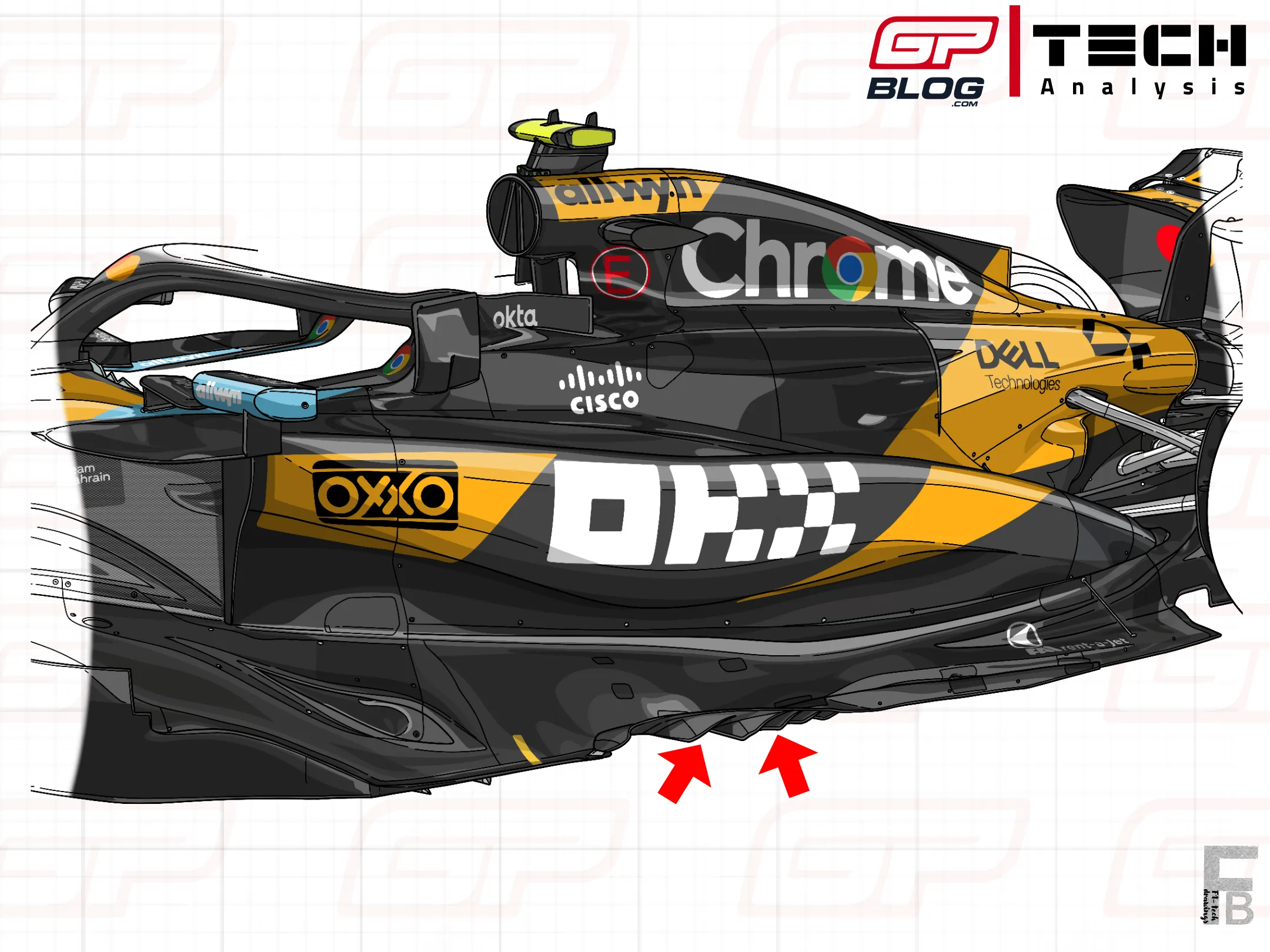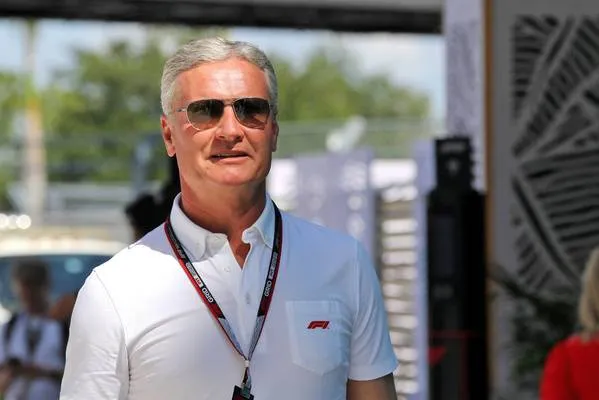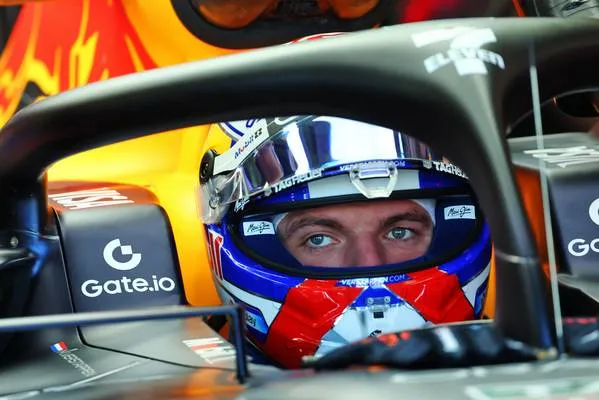Hello and welcome back to GPBlog’s countdown to the Australian Grand Prix. We’re only two weeks away now from the start of the 2020 season, so let’s continue with our countdown! Yesterday we looked at Mika Hakkinen, and today we’ll be going back a decade or so and looking at triple champ Nelson Piquet.
After a terrific year in British Formula 3, Piquet made the step to F1 for the 1978 German Grand Prix with Ensign. He then raced three times in a private McLaren before finishing the season with Brabham.
He signed permanently with Brabham in 1979 and often qualified well, but was let down by reliability and several crashes. When Niki Lauda left with two races to go, Piquet was made team leader for the following year.
The season started with P2 in Argentina, with Piquet’s first win in F1 coming soon after in the USA Grand Prix West. A couple more podiums put him in a title fight with Williams’ Alan Jones, and Piquet took the title lead with two wins on the bounce in the Netherlands and Italy.
Piquet had engine trouble at the next race whilst Jones won. Piquet had it all to do in the final race, but spun off as Jones won again, taking the title.
1981 started pretty well for Piquet, who won in Argentina and at home in Brazil, but three retirements in a row led to him trailing Carlos Reutemann and Jones in the standings.
Four podiums in five races including victory at Hockenheim had Piquet and Reutemann level on points with three races remaining. The end to the season was one of the strangest, as neither title contenders managed to put together a strong run of results.
Reutemann took P3 in Italy but failed to score points in the final two races, whilst Piquet finished sixth and fifth twice, enough to win the title by just two points.
1982 was a tough year for Brabham and Piquet suffered from retirements. He was able to win in Canada, but the season was a write-off for the Brazilian.
Piquet took a win in the 1983 season opener in Brazil, but failed to win in the next 11 races, allowing French duo Alain Prost and Rene Arnoux to overtake him in the title race.
Piquet broke his duck and won the next two races, taking the title race to a finale between the trio at Kyalami.
Arnoux retired early in South Africa and when Prost retired midway through the race, all Piquet needed was fourth to take the title. He ended the race third and claimed his second world title by just two points.
Over the next two seasons Piquet only won three races and was unable to generate a title charge, leading to a move to Williams for 1986.
Involved in a titanic title battle with Prost and teammate Mansell, Piquet took four wins but was an outside chance of the title at the season finale in Adelaide.
As Mansell spectacularly retired, Piquet could only finish second to Prost, who took his second consecutive title.
The following year Piquet was extremely consistent, finishing in the top two in nine of the first 11 races, taking a dominant lead in the championship.
Mansell took consecutive victories in Spain and Mexico, but he crashed in qualifying for the Japanese Grand Prix, ruling him out of the race, giving Piquet his third world title.
Piquet was unable to take another race win for three years, taking victory in the final two races of the 1990 season. He ended that year a distant third to the duelling Prost and Ayrton Senna.
1991 would be his final season in the sport, with his 23rd and final race win coming at the Canadian GP that season.
Piquet was a fierce competitor and a passionate driver. He was capable of great moves, such as the one on Senna in Hungary, and created some of F1’s most infamous moments, such as his fight with Eliseo Salazar as the backmarker crashed into him in Germany.
He will always be seen as one of the greats of F1, a rapid driver and a tough man to crack.
Popular on GPBlog
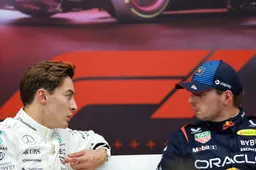
Does this clause ensure Verstappen can move to Mercedes thanks to Russell?

New development in the case of Red Bull boss Horner and his former assistant

Why Verstappen and Horner are diametrically opposed when it comes to the world title fight

